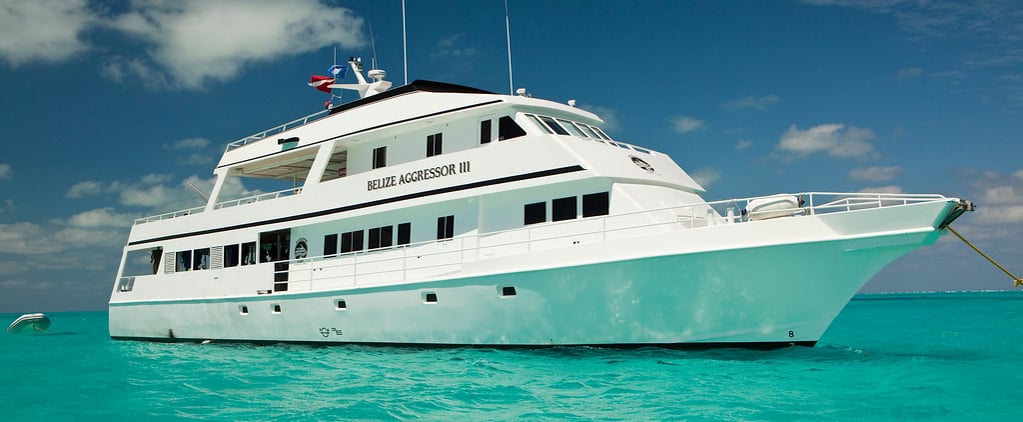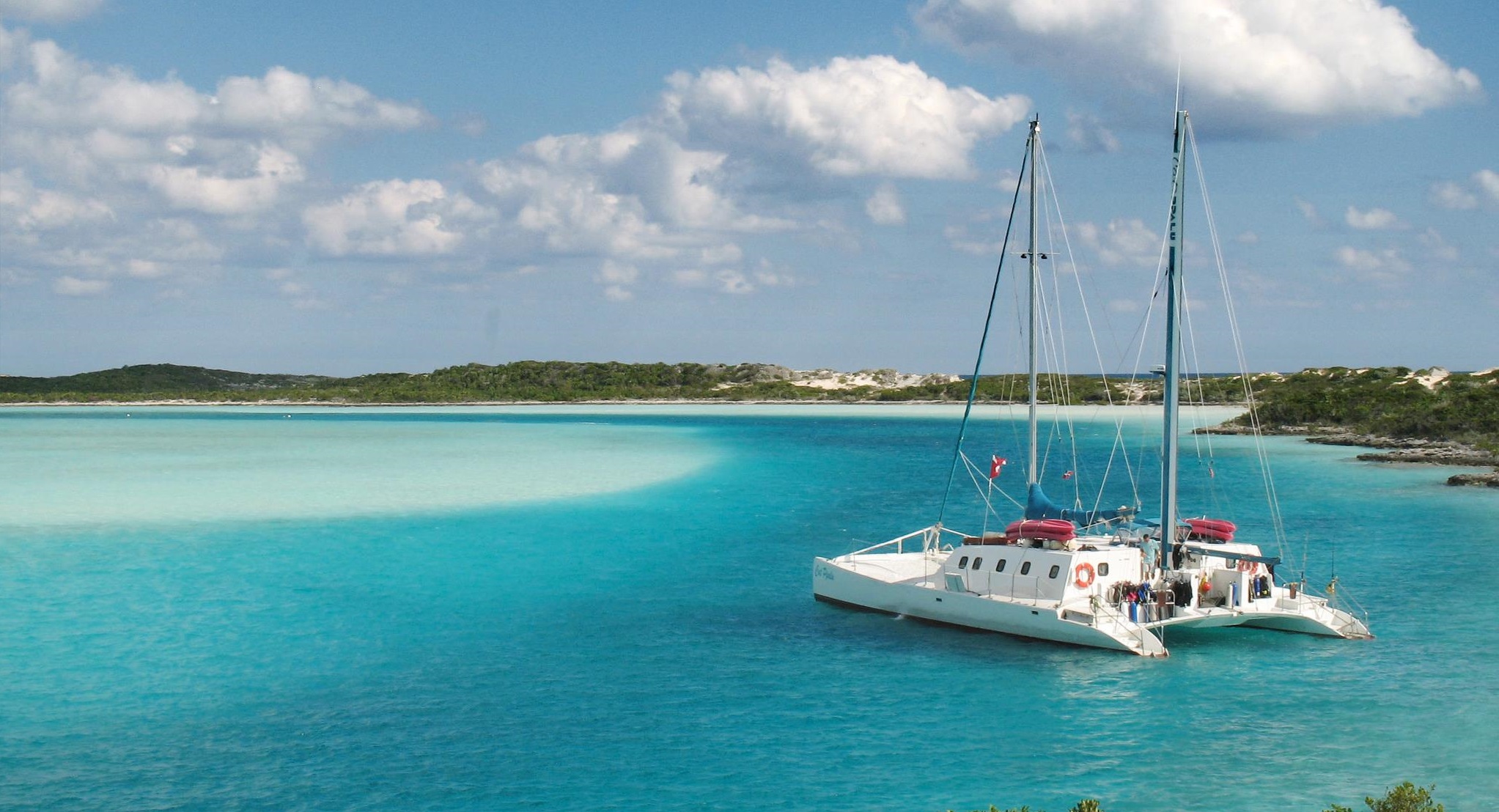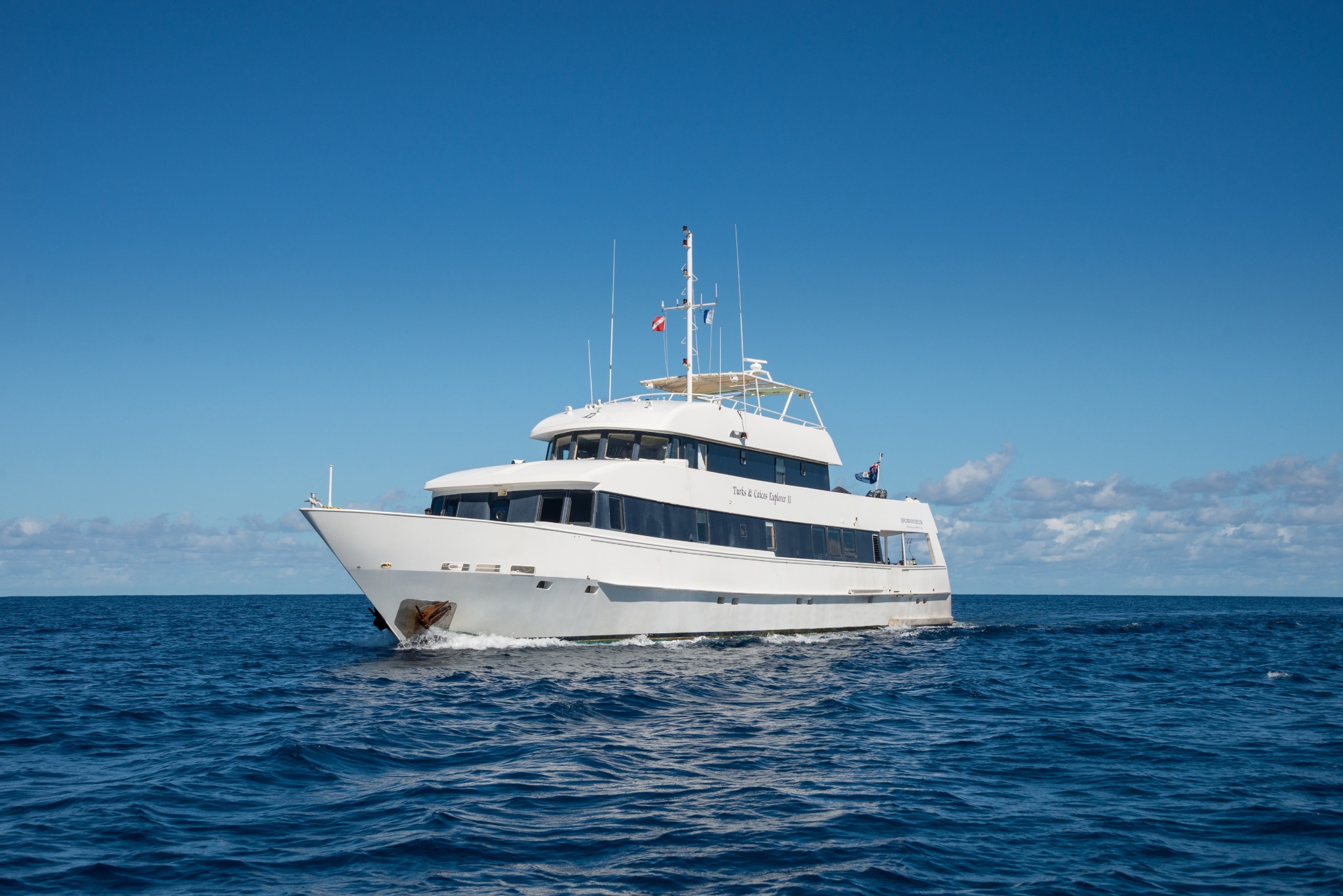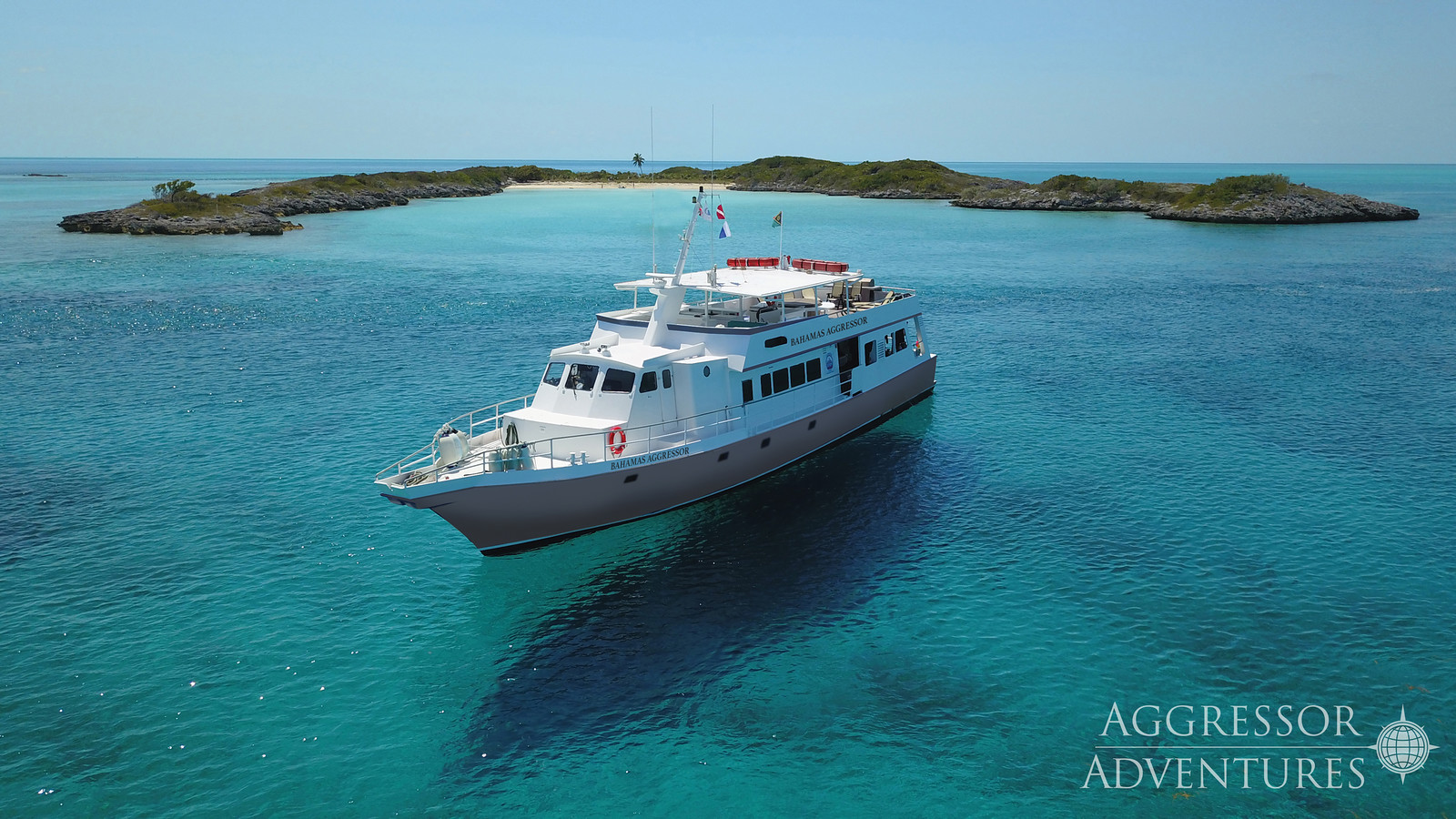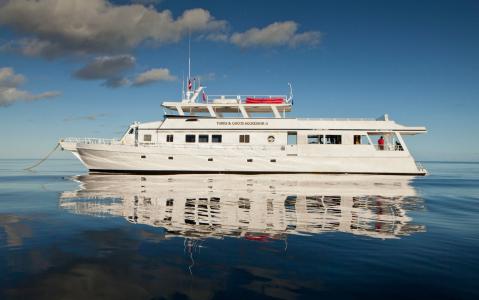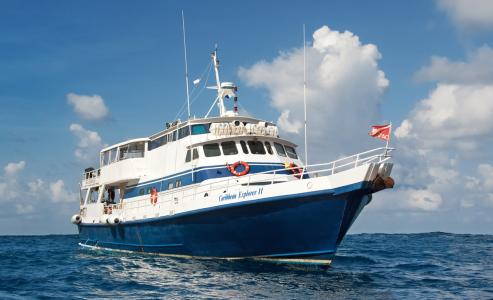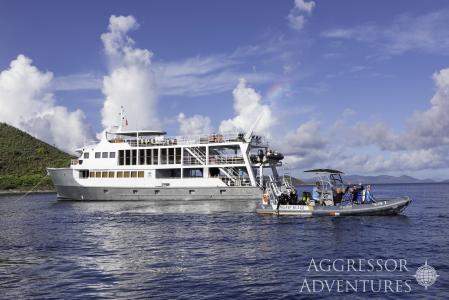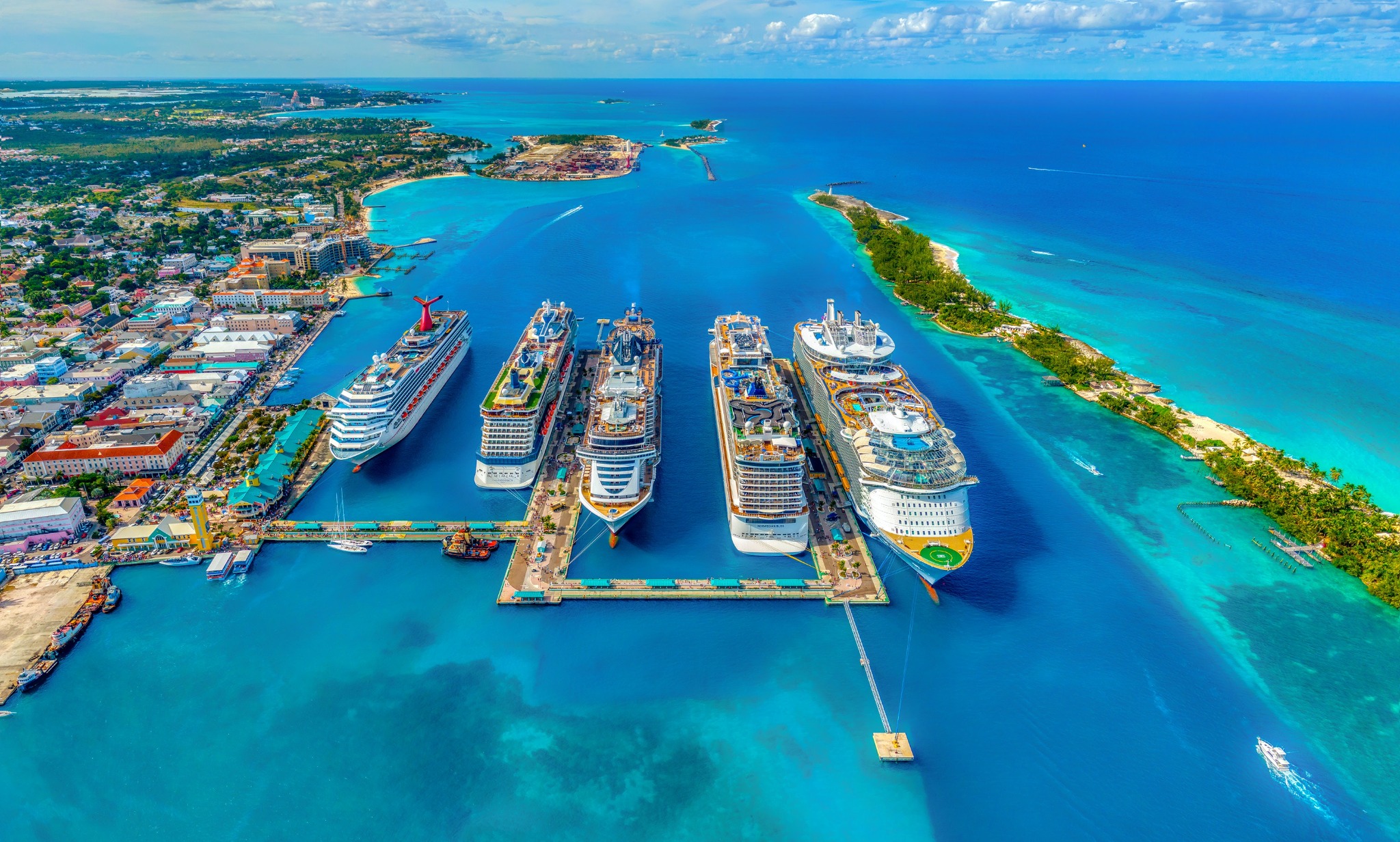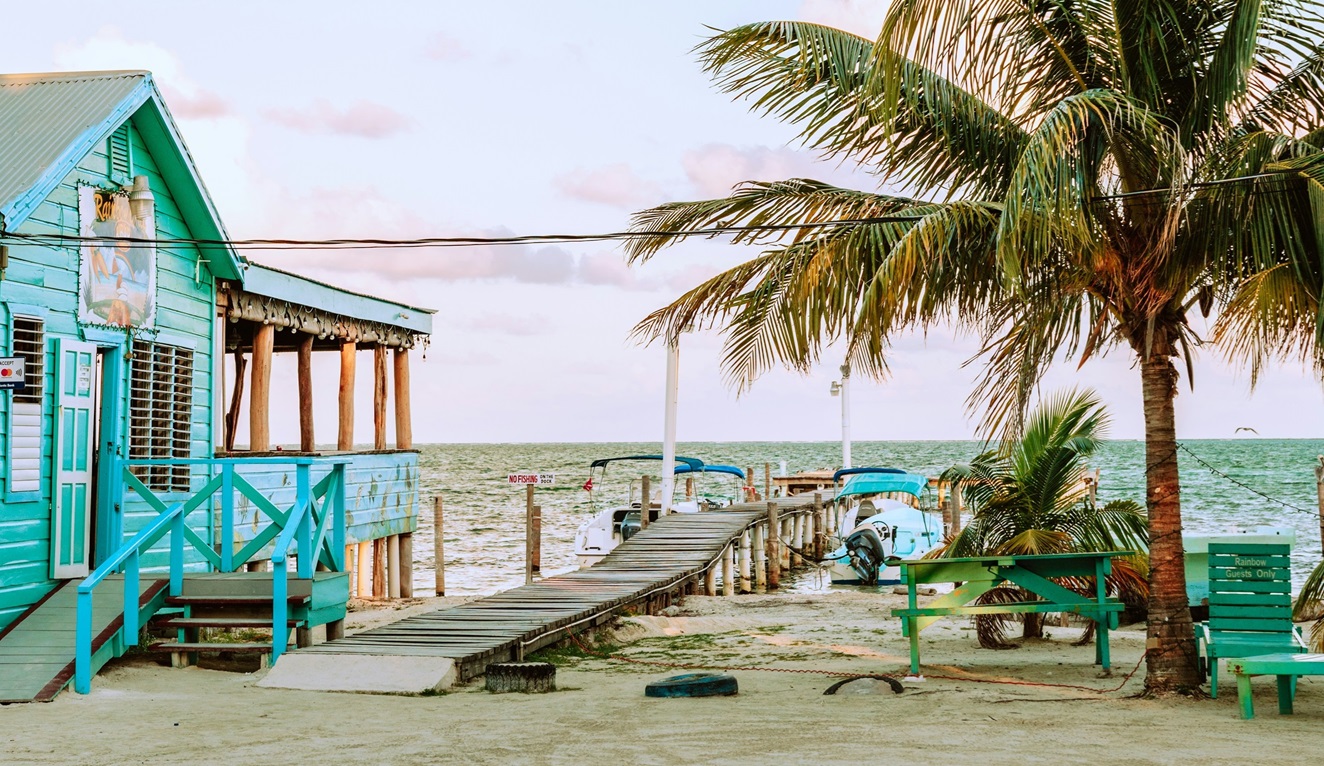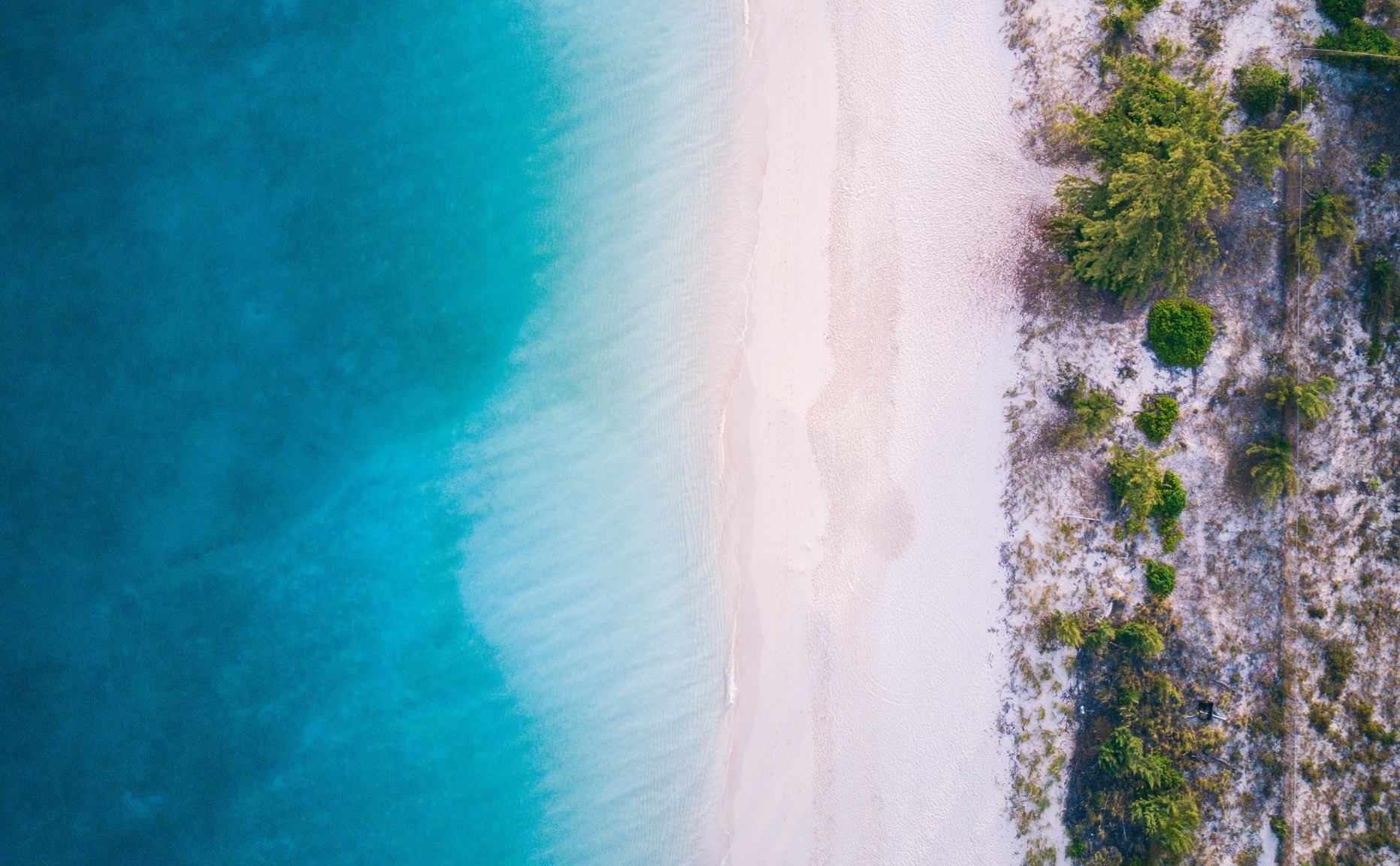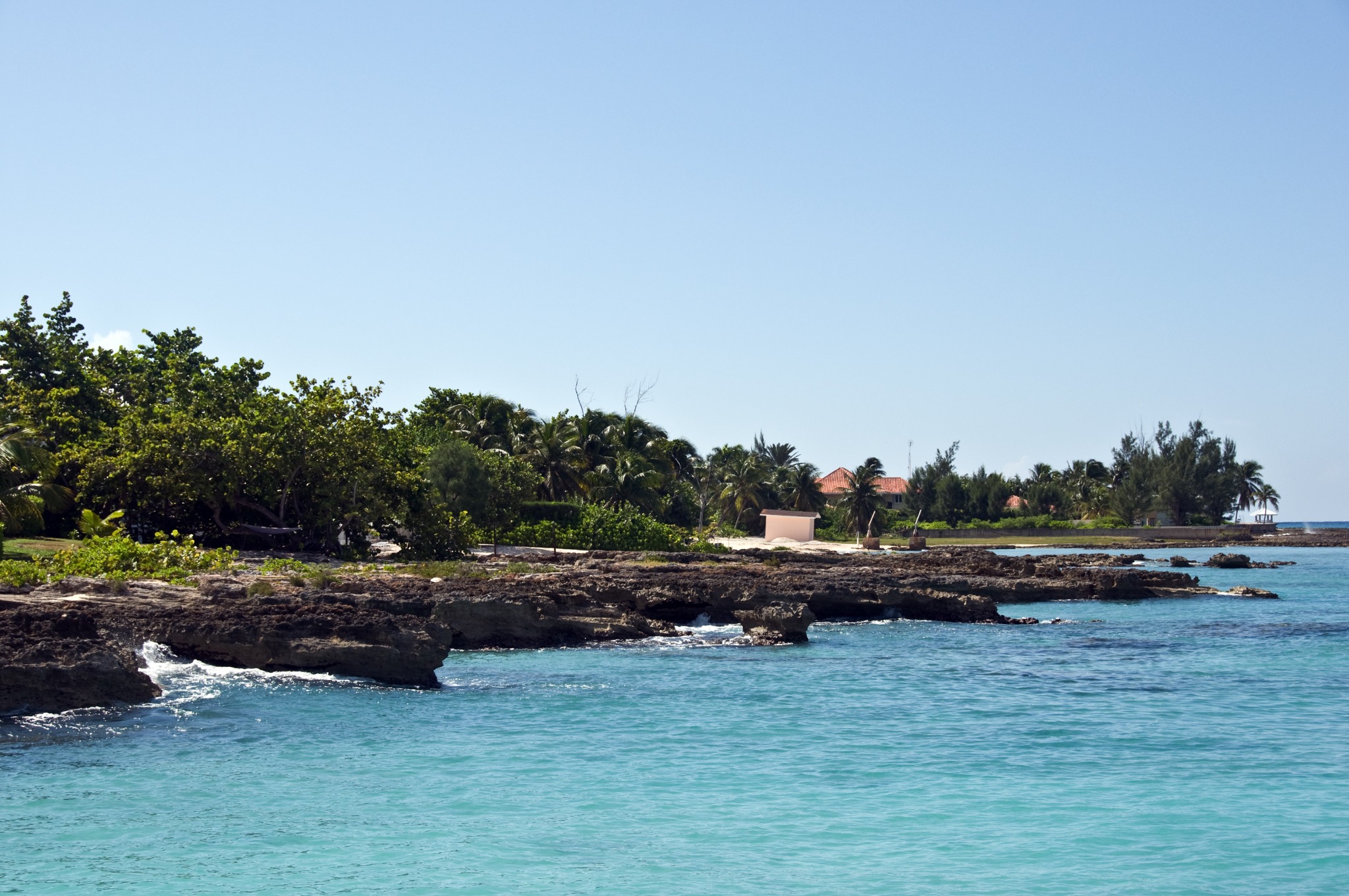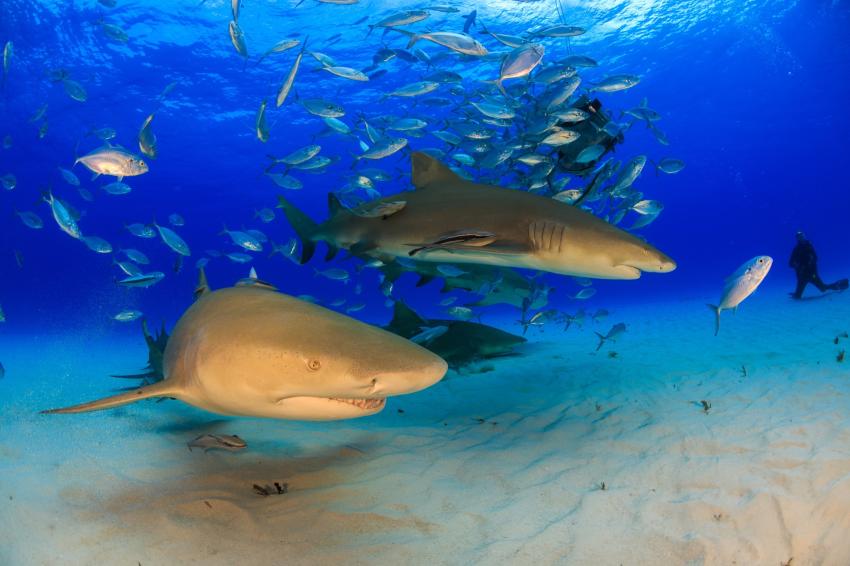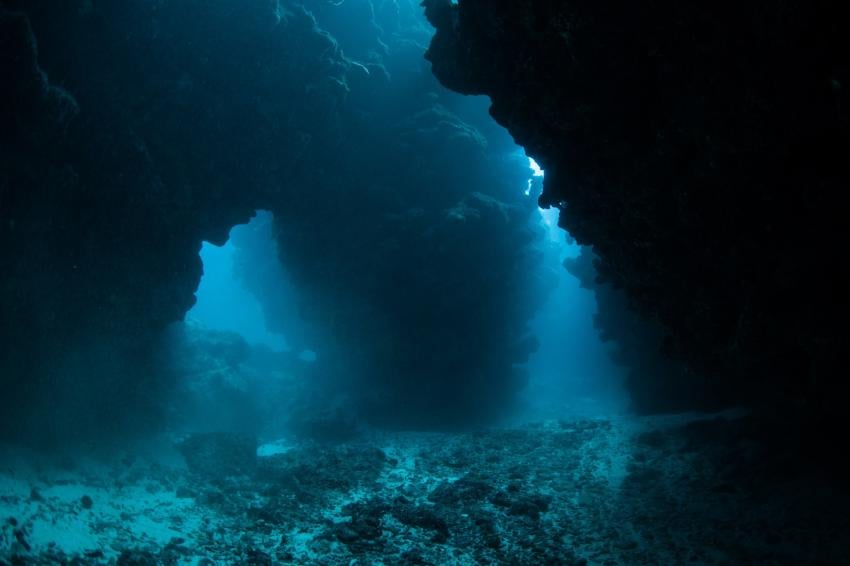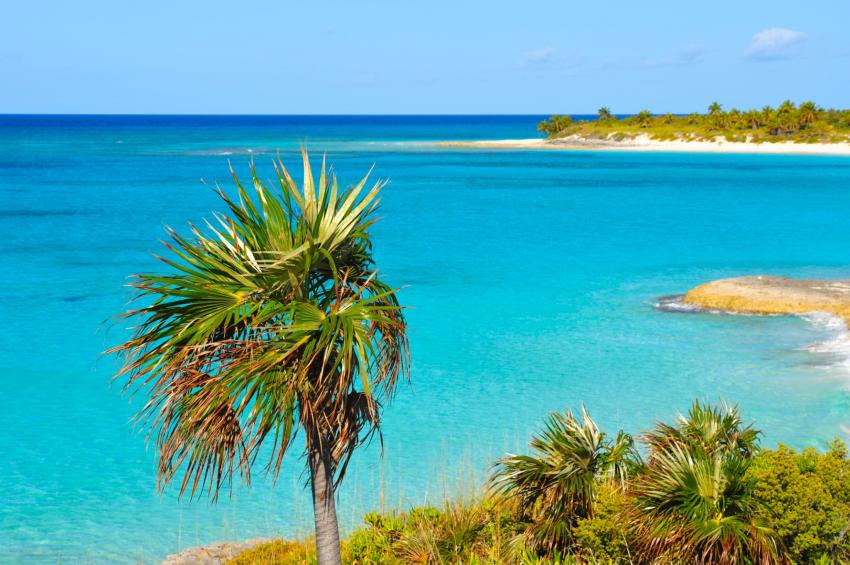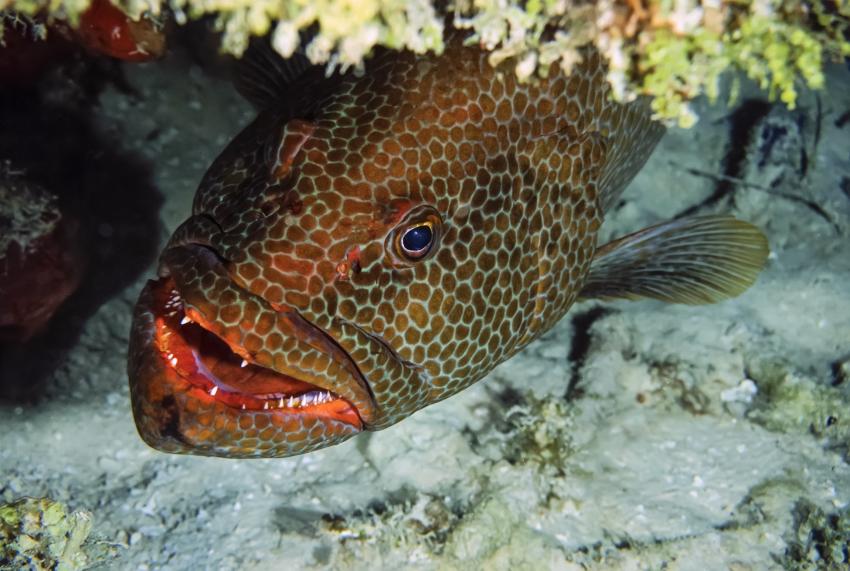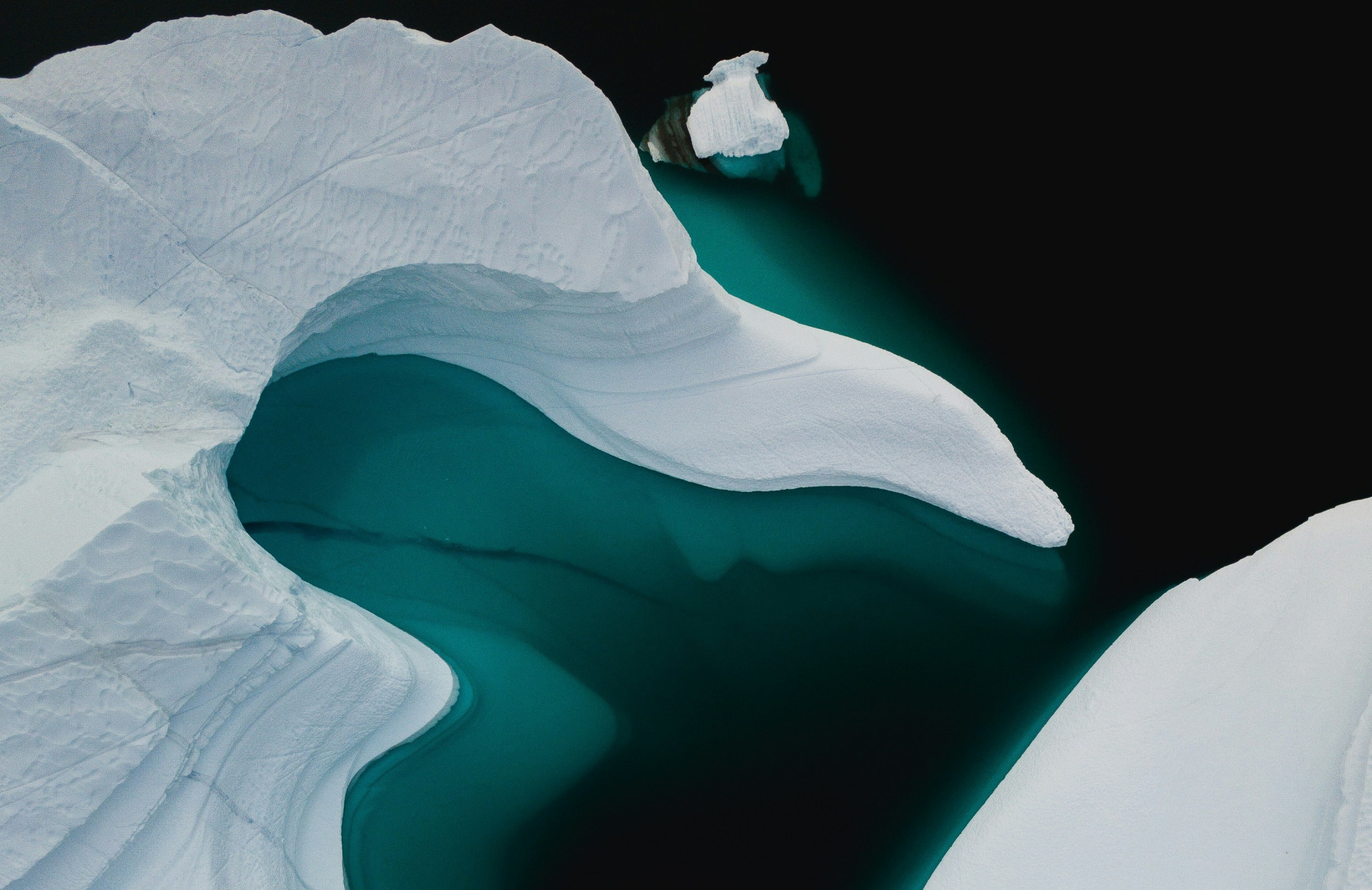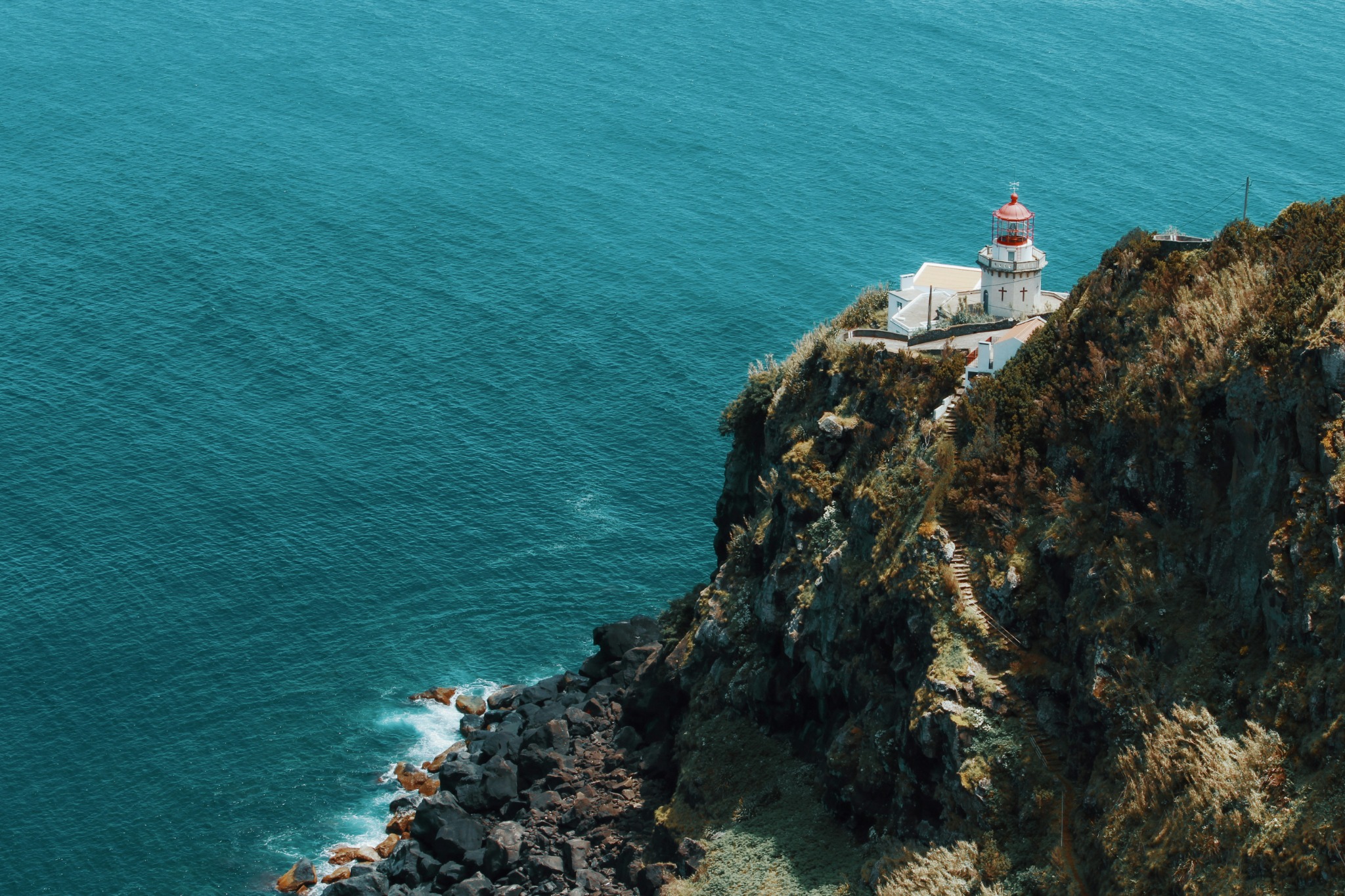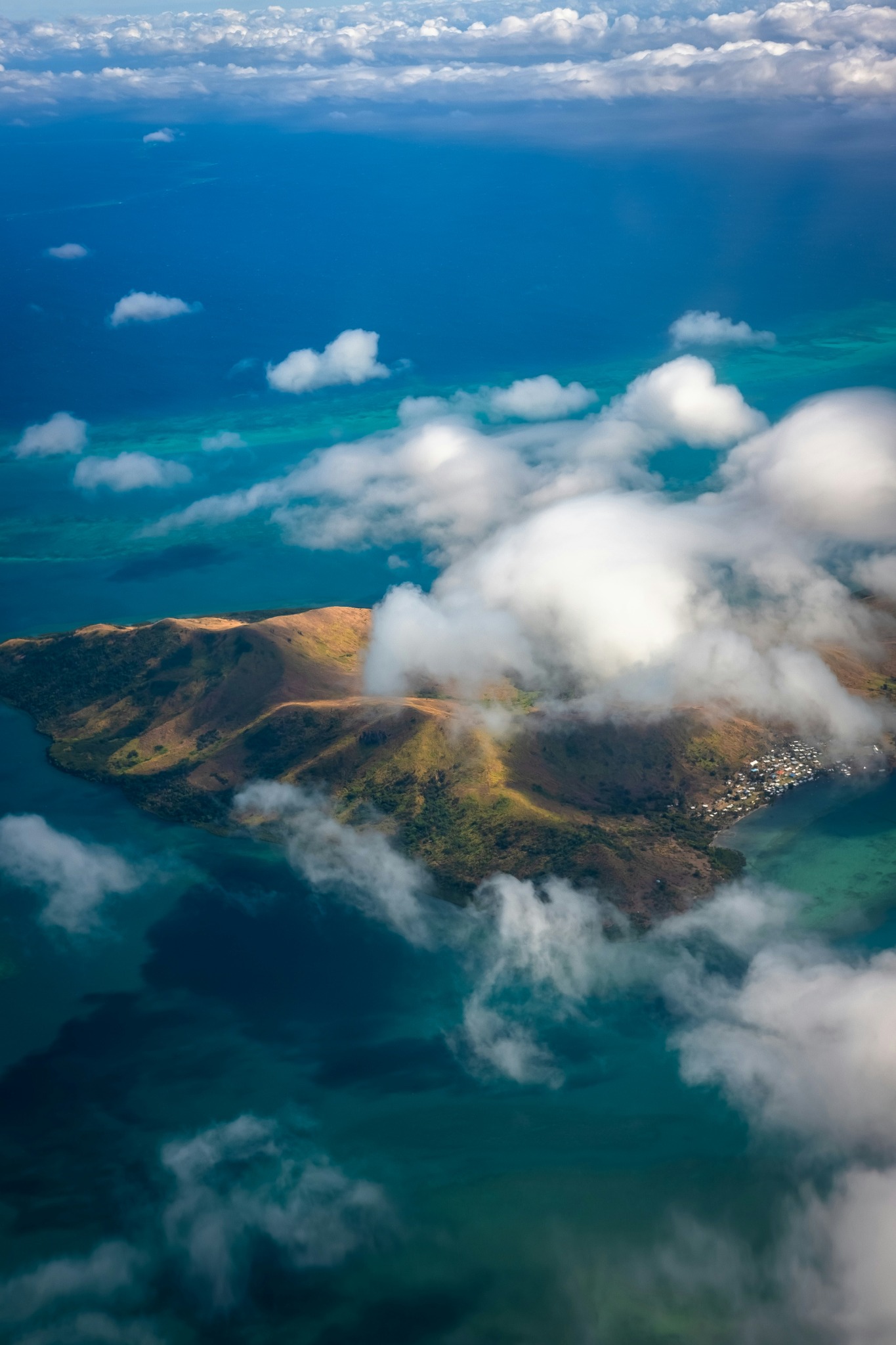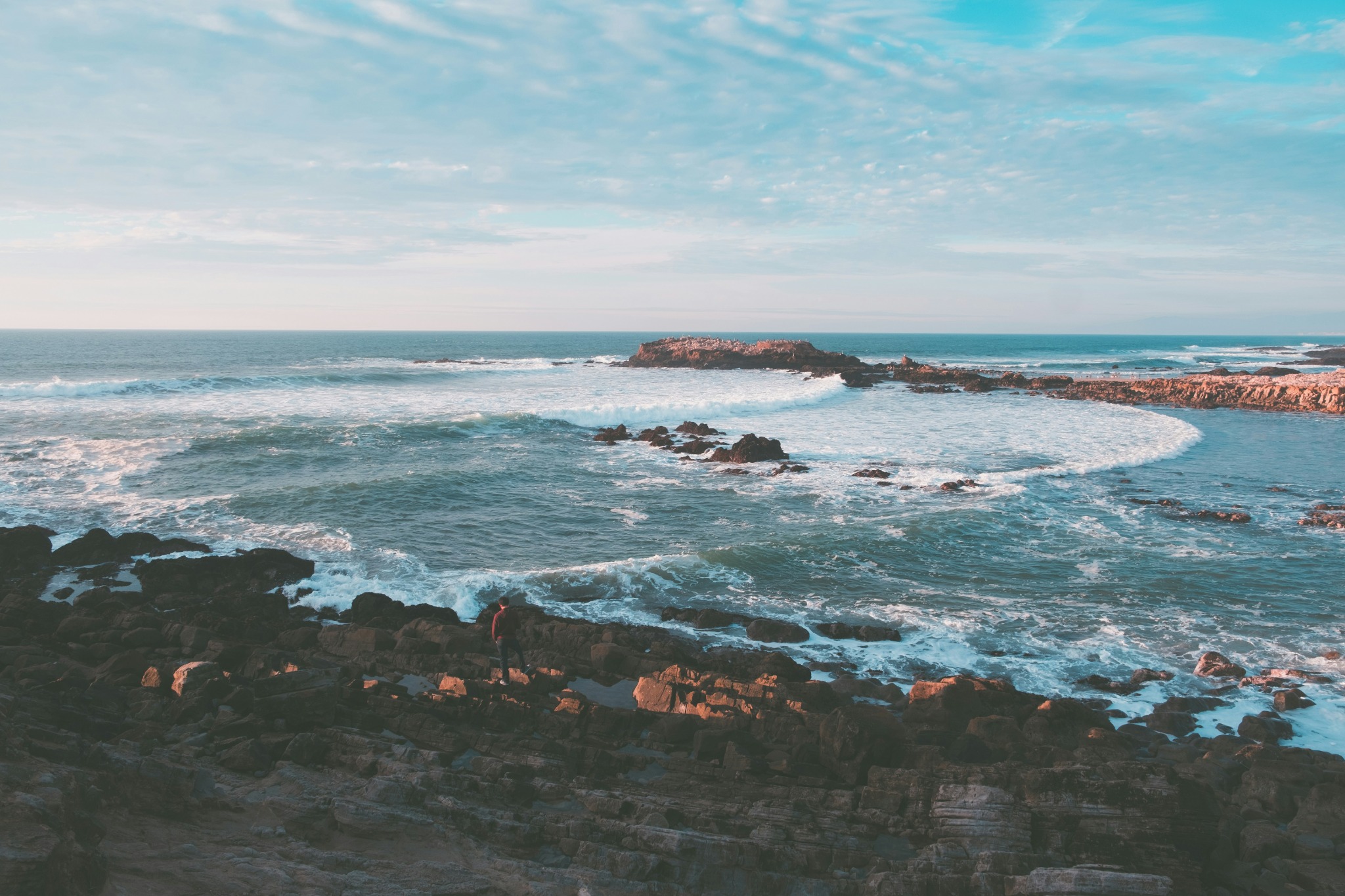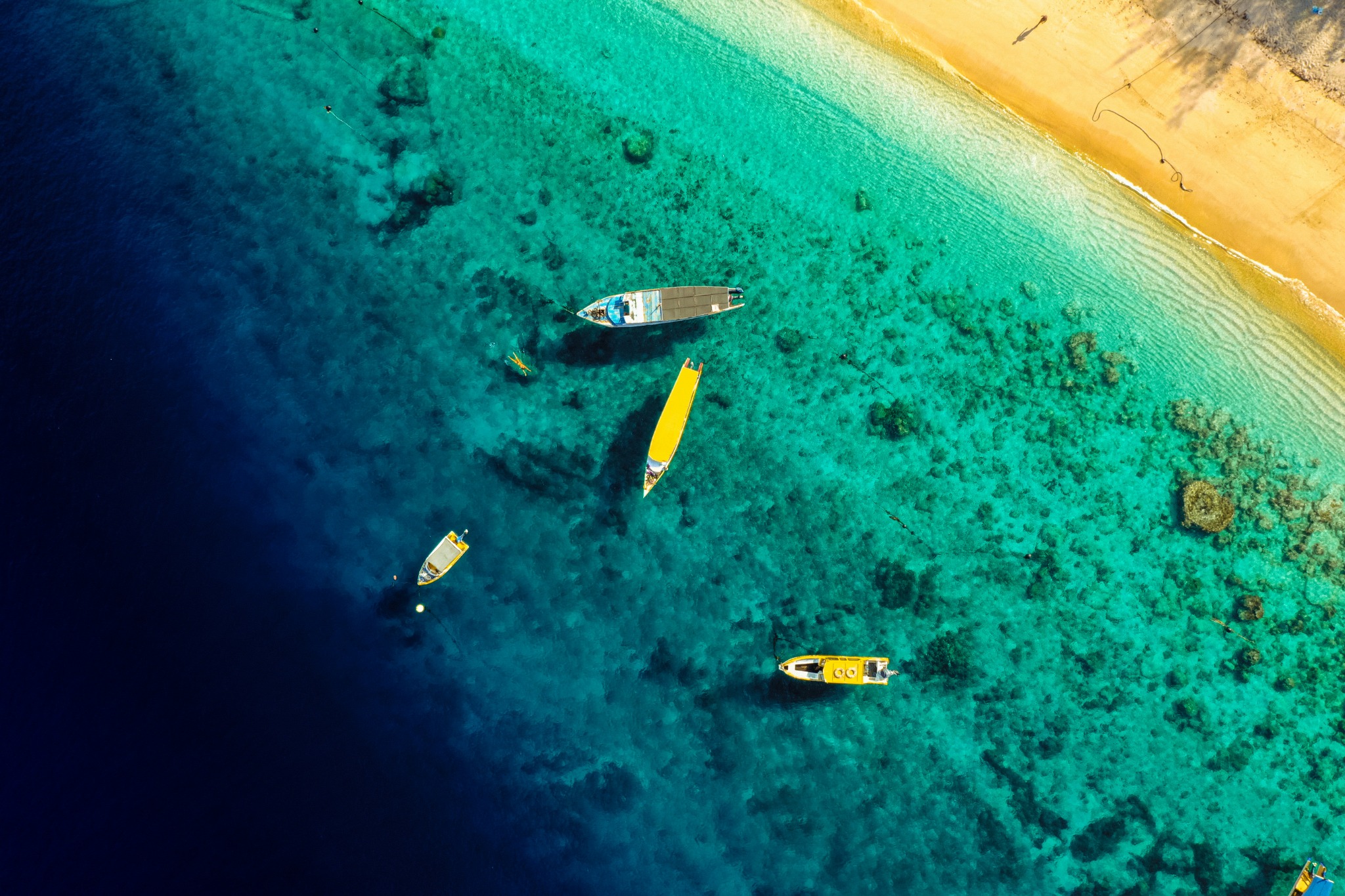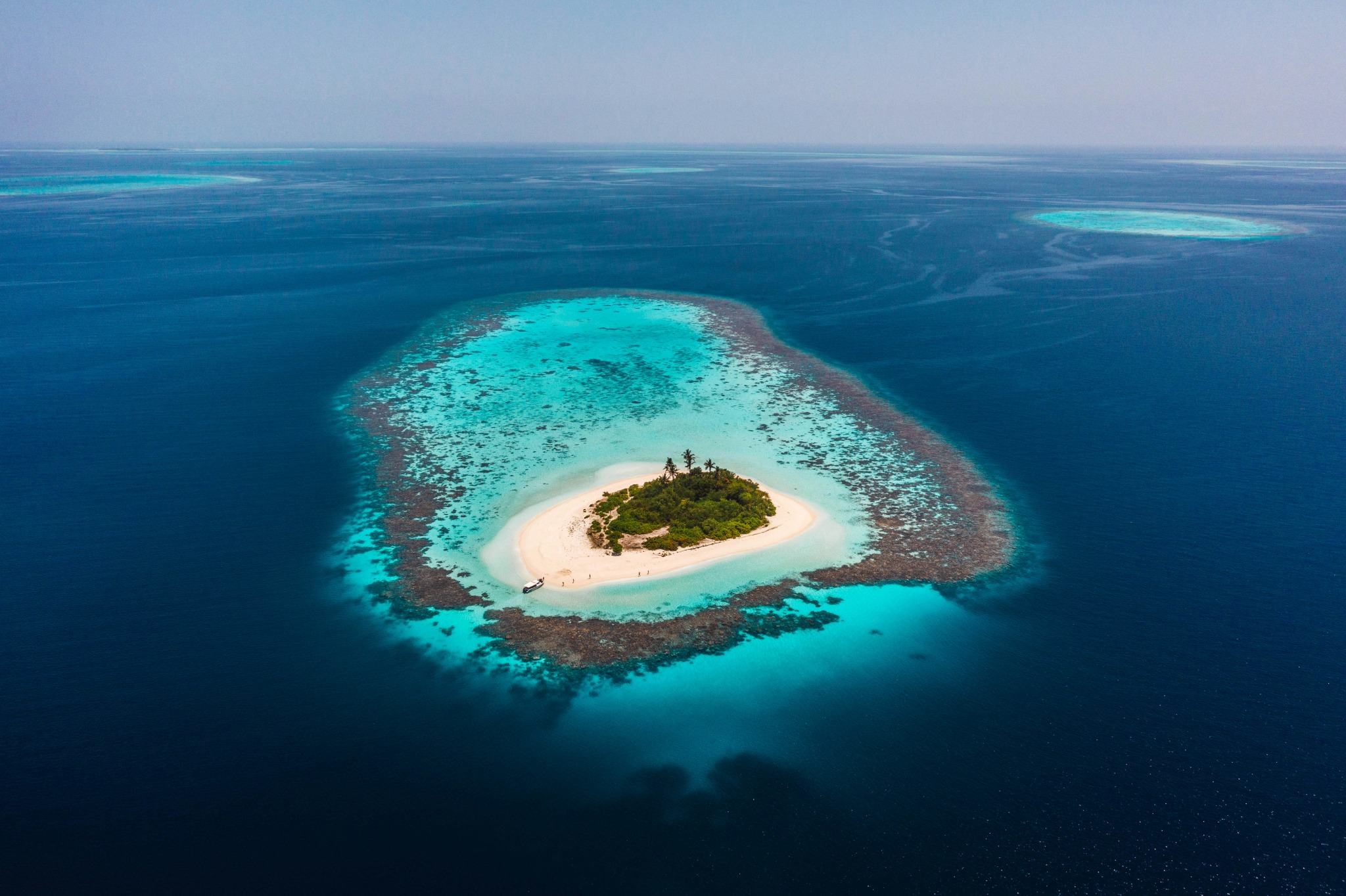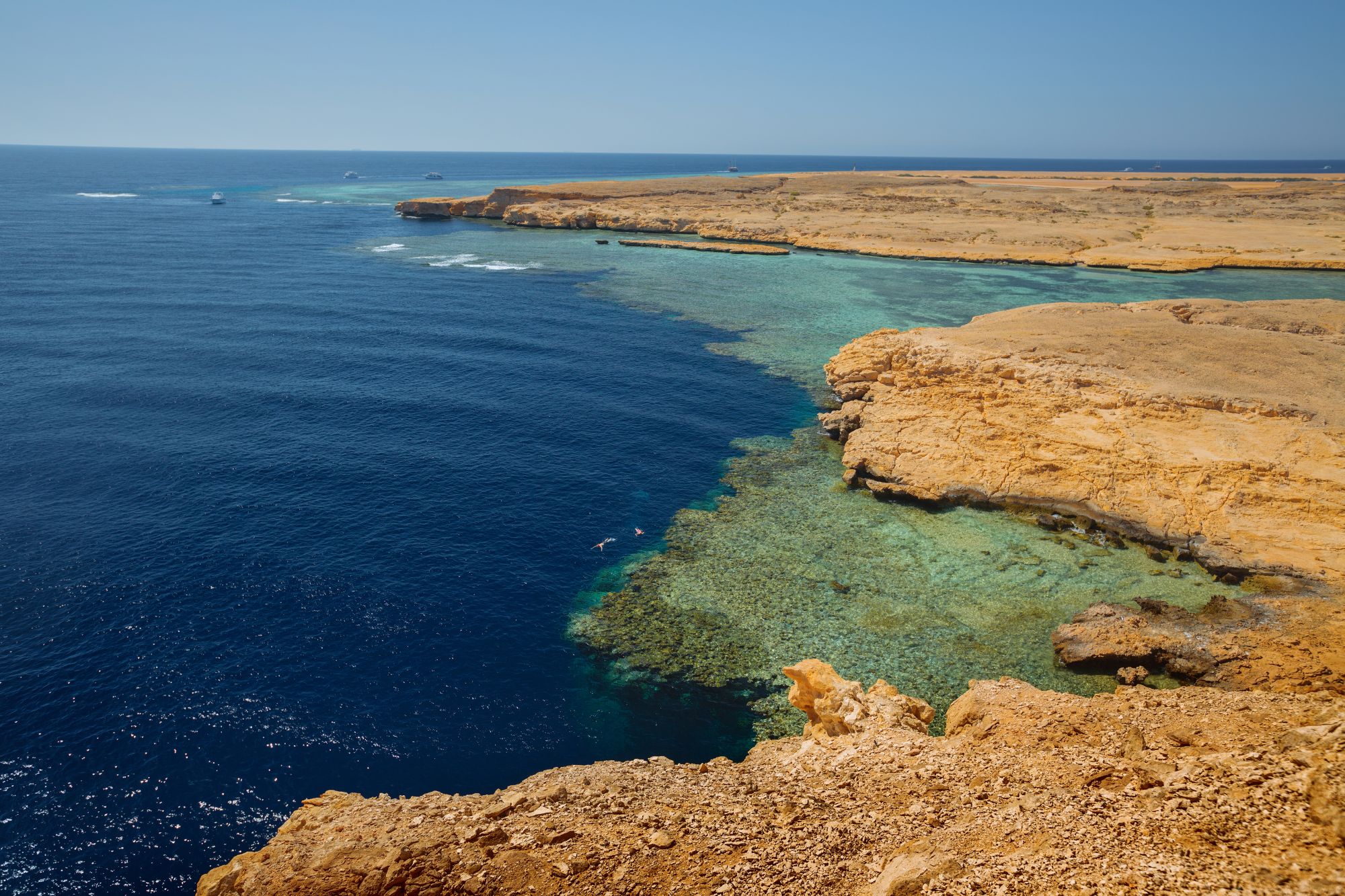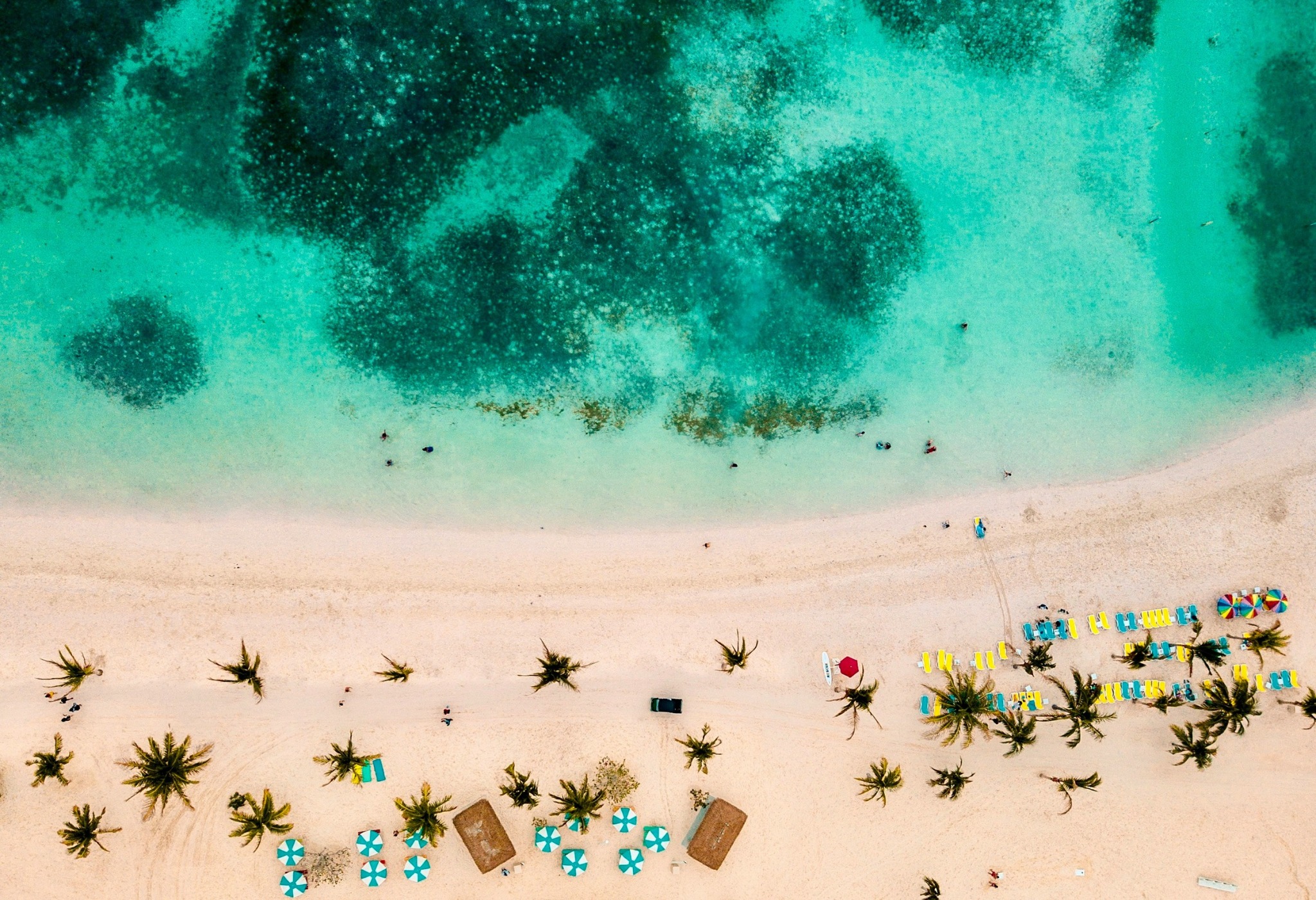
Best Caribbean Liveaboards
Scuba Diving in Caribbean
Countries in the Caribbean
The Caribbean and Atlantic waters surrounding nations like the Turks and Caicos, Bahamas, Belize, Dominican Republic, Cayman Islands, British Virgin Islands, Saba, St. Kitts & St. Maarten, Honduras (Roatan), and the US Virgin Islands, compose a vibrant mosaic of diving experiences, each with its own unique charm and underwater marvels. This region is a diving sanctuary, offering a wide array of dive sites that cater to all levels of divers, from the novice to the most experienced.
Dive into the crystal-clear waters of the Turks and Caicos to explore the third-largest coral system in the world, where the sheer wall drop-offs teem with vibrant marine life including eagle rays, turtles, and a variety of shark species. The Bahamas invites divers to the famous Tiger Beach, a renowned site for close encounters with tiger sharks in shallow waters, alongside the mystery of the blue holes and sunken Spanish galleons.
Belize boasts the iconic Great Blue Hole, a giant marine sinkhole that lies near the center of Lighthouse Reef. It offers divers a chance to dive among stalactites in crystal-clear waters. The Dominican Republic's Silver Bank provides a unique opportunity to snorkel and dive with humpback whales during their breeding season, offering an unparalleled wildlife experience.
The Cayman Islands are known for their wreck diving, including the famous USS Kittiwake, and dramatic wall dives that plunge into the deep blue. The British Virgin Islands offer wreck enthusiasts the RMS Rhone, an accessible and fascinating dive. Saint Martin/St. Maarten, Saba, and St. Kitts present a blend of vibrant reefs, pinnacles, and wrecks, surrounded by diverse marine life from macro critters to pelagic wonders.
Roatan, in Honduras, is famed for the Mesoamerican Barrier Reef, the second-largest barrier reef in the world, offering spectacular dive sites right off its shores. The US Virgin Islands, with their protected marine parks and reserves, offer a serene diving experience, highlighting the preservation of marine ecosystems and a chance to dive in pristine conditions.
This rich tapestry of diving destinations within the Caribbean and adjacent Atlantic offers an endless array of underwater adventures. From the gentle giants of the Dominican Republic to the intricate coral formations of the Turks and Caicos, each location promises a unique dive experience set against the backdrop of warm, inviting waters, vibrant marine ecosystems, and the welcoming cultures of each country. Whether seeking the thrill of shark diving, the allure of ancient wrecks, or the tranquility of untouched reefs, this region holds a special place in the heart of every diver
Top-rated liveaboards in Caribbean:
Blackbeard Sea Explorer liveaboard, Bahamas
Turks & Caicos Explorer II Liveaboard, Turks and Caicos
Roatan Aggressor Liveaboard, Honduras - Roatan
Caribbean Explorer II Liveaboard, Saba, St. Kitts & St. Maarten
Belize Aggressor III Liveaboard, Belize
Belize Aggressor IV Liveaboard, Belize
Cayman Aggressor IV Liveaboard, Cayman Islands
Bahamas Aggressor Liveaboard, Bahamas
